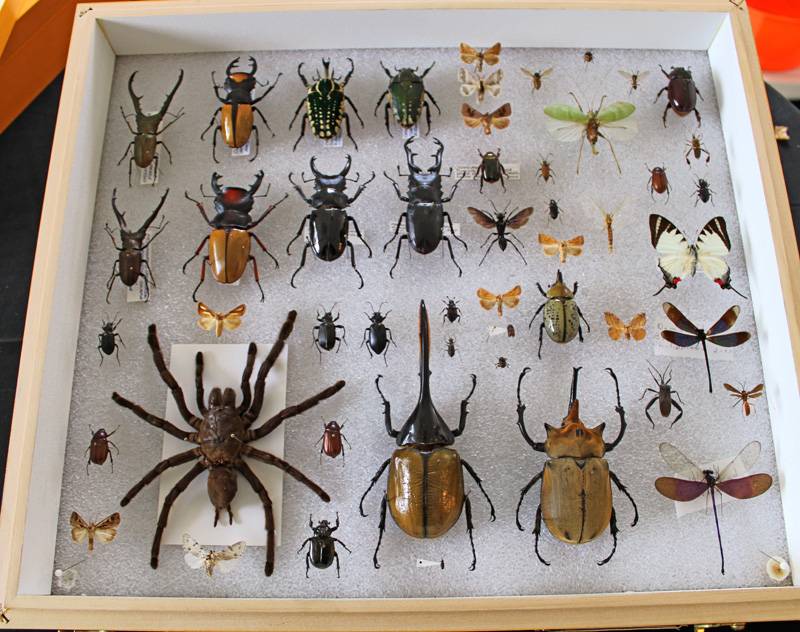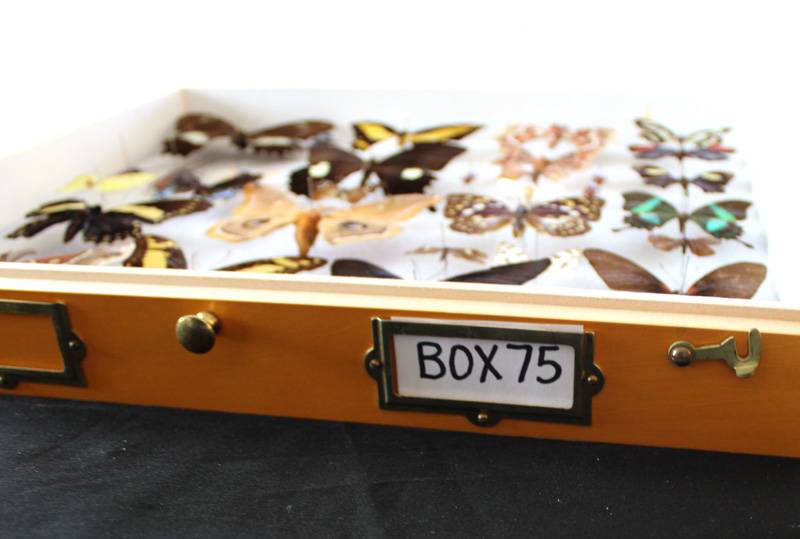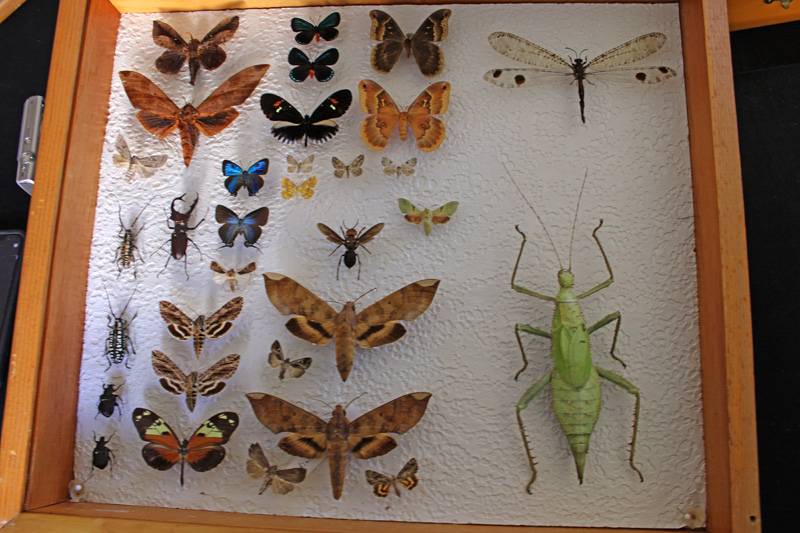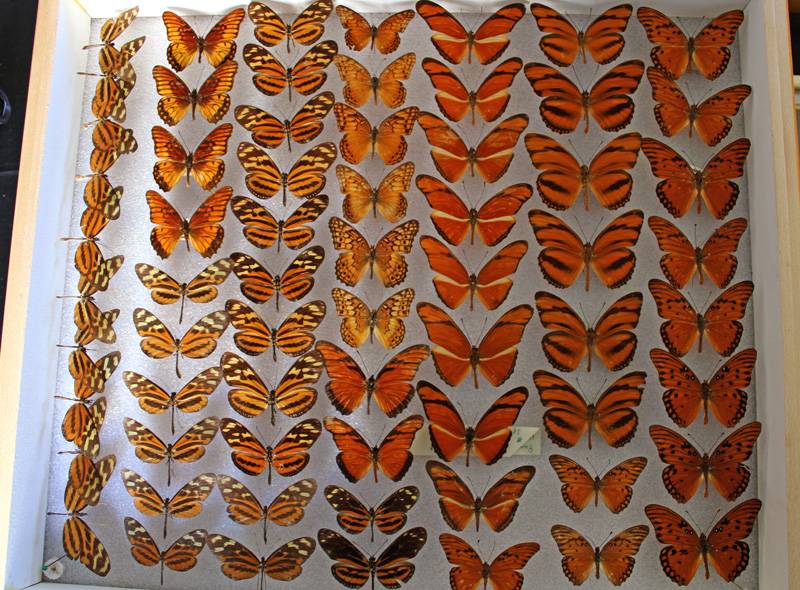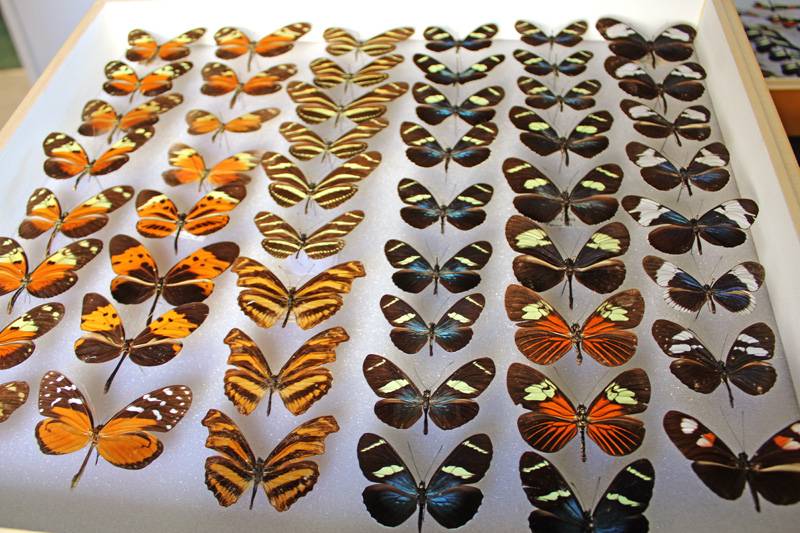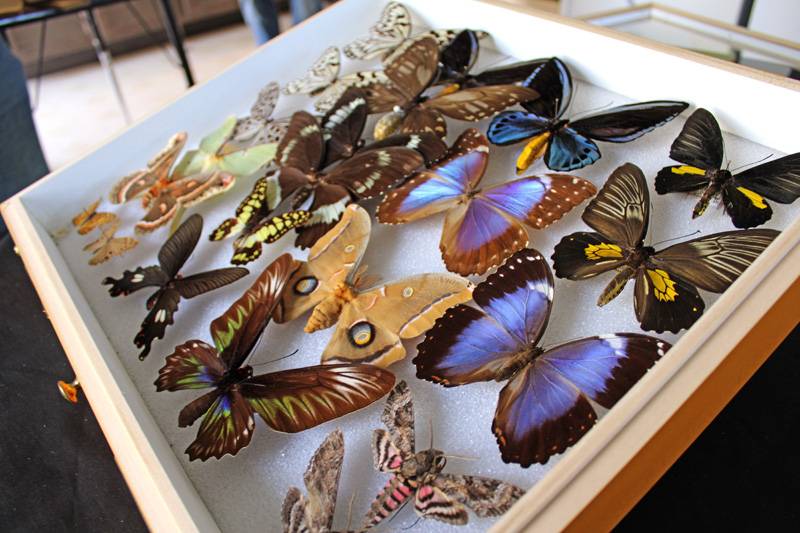
Submitted Photo
An adult Cecropia moth’s sole function is to mate and lay eggs before dying in a very brief two-week lifespan, as the baby caterpillar is born and feeds on leaves before creating a silken cocoon for the metamorphosis stage of evolving into an intricately designed moth. And the process repeats again and again.
It was that process in Mother Nature, and watching the development of those art-laden wings that captured Robert Alan “Bob” Olmstead’s attention and heart for years until he died at 69 in January 2022. Now, his collection will be able to capture some well-deserved recognition in return.
“He lived in Jamestown an went to 4-H and someone started him with a collection, and he won a ribbon at the Chautauqua Fair in Dunkirk … so he just took off from since he was 5 years old, collecting specimens, trading, purchasing them, he even sold cocoons to people who needed them for their schools. He really enjoyed doing that,” his wife Arlene Olmstead said. “And he didn’t think he was a professional, but he was a perfectionist. They said that he did an excellent job at Colgate with his collection. He’s taught many people how to do the specimens.”
Olmstead amassed a vast specimen collection of more than 75 boxes, most of which were donated to Colgate University’s Biology and Environmental Studies Department. Student James Millmore, Class of 2027, worked on the collection and plans to speak about “the inspiration and creation” of the display at 3:30 p.m. May 2 in the atrium of Olin Hall at Colgate University, 13 Oak Drive, Hamilton. The event is open to the public.
Millmore’s studies include exploring the role of collectors such as Olmstead in the scientific world.
“Especially how he helped to connect his community to the natural world and the value of contributions like his collection to modern science,” Millmore said in an email. “In recent years, the development of nature identification apps has opened up the practice of amateur collecting and observation of the natural world to a much wider audience.
“The practice is being called citizen science, as the data generated contributes directly to research,” he said. “The exhibit would trace the evolution from early naturalists and collectors into the modern day, with an emphasis placed on encouraging viewers take up the practice and interact with their local environments.”
Arlene and some of her family, which includes three sons and two stepsons, plan on attending the college event. After all, these collections have been part of their lives as well. Bob raised two types of moths every year (the Luna and Cecropia moths). He raised the cocoons and refrigerated them in one special section.
“Everybody knew they couldn’t touch them,” Arlene said. “Then in the spring he would put them in boxes to hatch.”
They adjusted to moth cocoons in the fridge and an ongoing ritual of watching Dad, often with Mom’s help, meticulously clean and change the leaves every day for the caterpillars to feed on. His passion drew her in as a fellow entomologist.
“We shook the leaves and the trees to get all the junk off of the leaves, and we’d inspect the leaves to see if they were any good because sometimes the leaves have something on there that could kill the caterpillars. And so he would just put the sleeves over it and tie it up, and we made a lot of caterpillars, a lot of moths that were able to be in the process for those two weeks to stay alive for weeks without somebody killing it. You know, the cars kill them, the trucks, the squirrels, some mice, and any little insect could kill them, and the birds,” she said. “So they have a short life, you know. And so Bob really preserved them to get as many caterpillar moths mating so we can let them live for two full weeks. And he enjoyed working with those two moths, and they were easy to do, but it was a lot of work because the caterpillars was growing so fast and big that they needed more leaves, you had to get more leaves all the time.”
A member of Boy Scout Troop #6031 in Bergen, Bob taught many children in both the Boy and Girl Scouts, as well as in schools and churches, Arlene said. He became more widely known for his love of moths, butterflies, and other types of bugs, coupled with a desire to teach what he knew, such as the cycle of life, how and what they ate, and how to catch them safely. Perhaps no surprise, he also taught groups about trees.
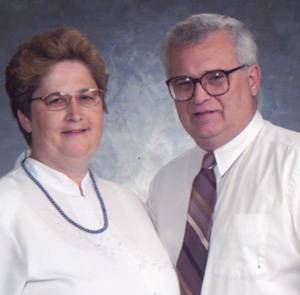
Given these creatures are caterpillars and moths that live extremely short lives, why did he enjoy this so much?
“Well, he enjoyed the whole process of all the insects, the moths, and the butterflies, and the beauty of them. Some of these caterpillars and moths have two different colors and designs on each side; they’re gorgeous, they’re really gorgeous,” Arlene said. “He really enjoyed once the caterpillars reached maturity, they spun into large brown cocoons. And he enjoyed that process, the two weeks that the moths live. After they mate, they die. And then there’s the little eggs, and then they hatch into little tiny caterpillars. And then we put them in little jars, and when they start eating more and more, we have to get bigger jars and make sure that they are clean inside and make sure they go through the process without dying.
“My husband loved the outdoors. He knew every tree, every plant, and every bird. He knew nature inside and out. And he could name off anything he could see, anything really, find things that he could see. He started that since he was 5 years old, and he just would walk the fields every time we'd drive down the road. It took us two or three times longer to get there because he could see something along the side of the road and take it off,” she said. “A lot of people don't see a lot of things on, even on the bushes … he just would pick up things and take care of them, let them live longer in life, in nature. And that's a great thing. I really appreciate my husband doing that.”
Photos submitted by Arlene Olmstead

Submitted Photo

